Humans news stories
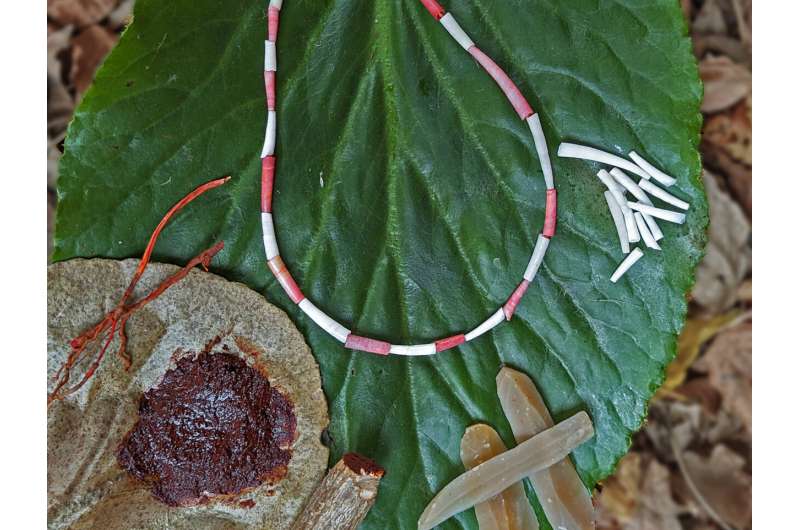
In their study, reported on the open-access site PLOS ONE, the group used a variety of techniques to identify the source of red coloring on shell beads found in an Israeli cave decades ago.

Scientists have discovered cannabidiol, a compound in cannabis known as CBD, in a common Brazilian plant, opening potential new avenues to produce the increasingly popular substance.

As policymakers, governments, NGOs and activists work to craft urgent responses to protect tropical forests…the report says that “their efforts will fail as long as those committed to environmental protection neglect to recognize, and grapple with, the elephant in the room”—namely “the global system of criminalized drug prohibition, popularly known as the ‘war on drugs.’”
Image from:Pyschoactive Drugs.jpg uploaded by Thoric. (Wiki Commons)
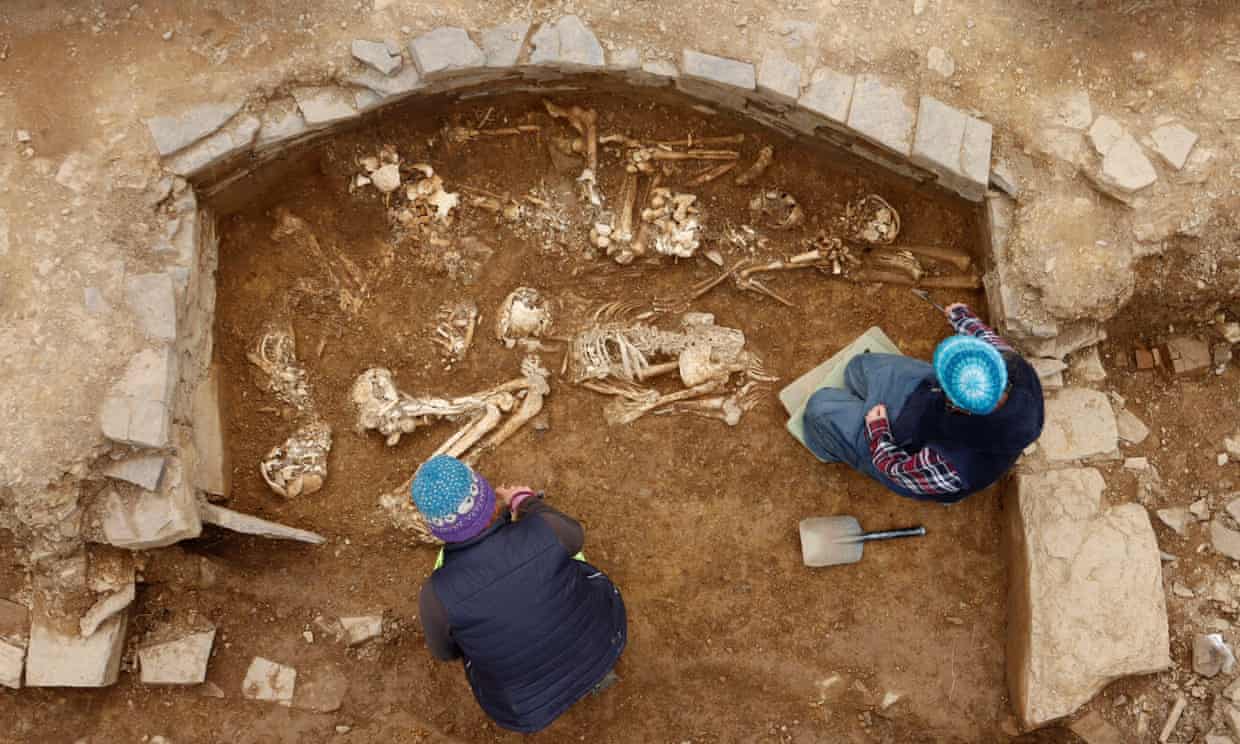
The ruins of a 5,000-year-old tomb in a construction that reflects the pinnacle of neolithic engineering in northern Britain has been unearthed in Orkney.

Yopo is a powerful psychedelic snuff used for healing and shamanic practice in the Amazon’s Orinoco basin. Crisis puts people and cultural knowledge at risk.

A comparison of the genomes of a Neanderthal who lived 120,000 years ago in Siberia with those from modern humans in sub-Saharan Africa has revealed insight into the migratory and interbreeding history of both species. See the paper here.
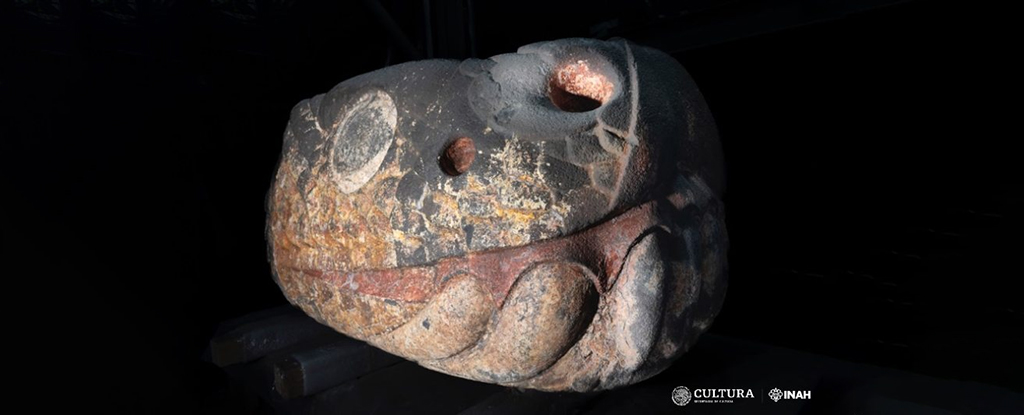
Sometimes, years of painstaking excavation work are required to uncover the artifacts of the past – and sometimes, as with a recent earthquake in Mexico City, much of the hard digging work is done by nature.
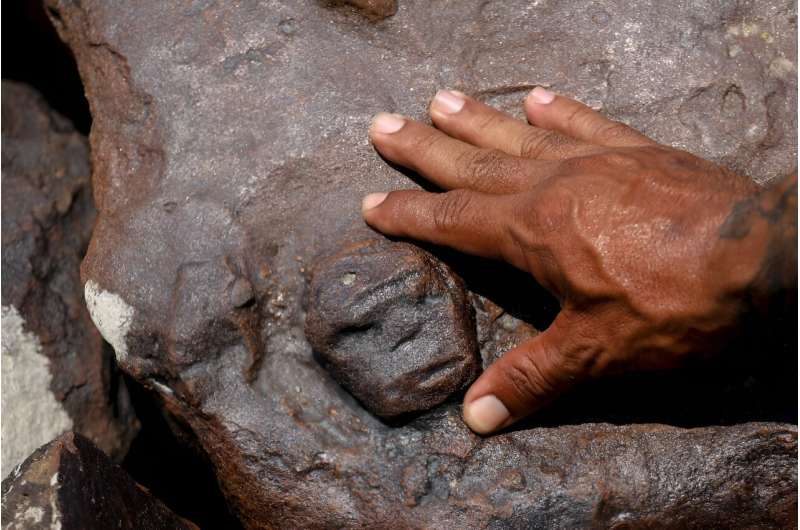
An extreme drought in parts of the Amazon has led to a dramatic drop in river water levels, exposing dozens of usually submerged rock formations with carvings of human forms that may date back some 2,000 years.
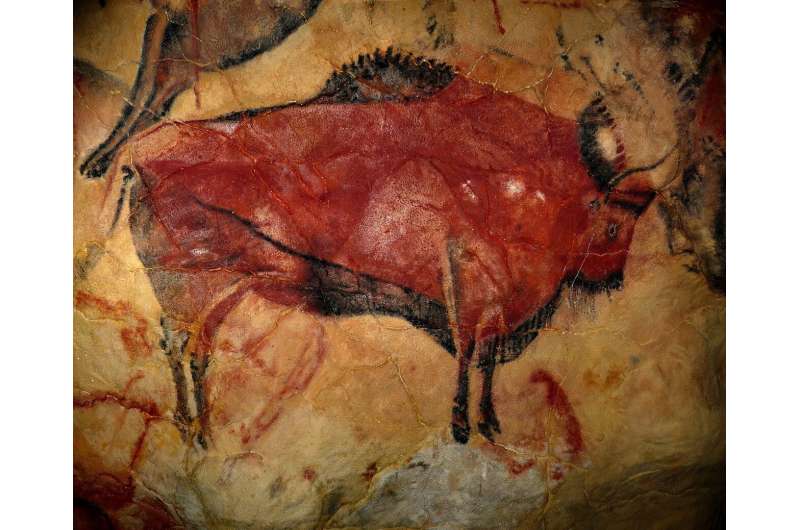
It’s a familiar story to many of us: In prehistoric times, men were hunters and women were gatherers. Women were not physically capable of hunting because their anatomy was different from men. And because men were hunters, they drove human evolution.But that story’s not true… See the research here and here.
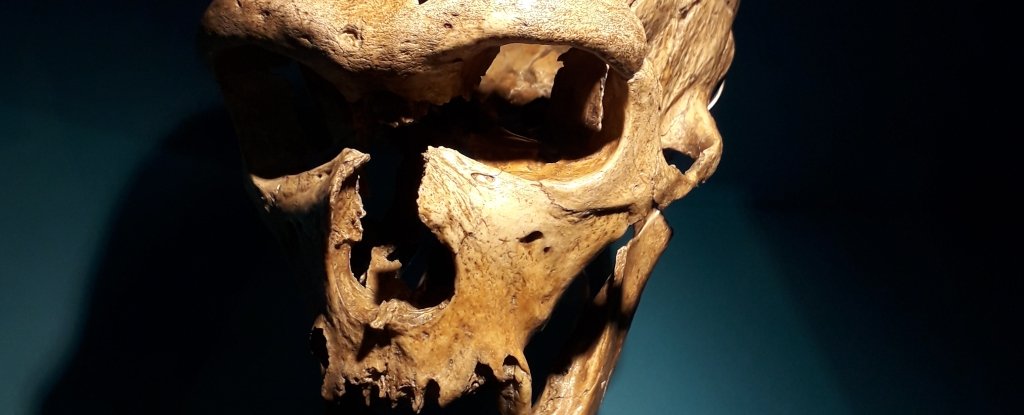
In spite of the myriad of findings detailing their genetic and cultural similarities, our long-extinct ‘cousins’ are still all too often exiled into their own species, Homo neanderthalensis. That categorization is due for a change…See the study here.

Scientists have begun to investigate whether psychedelic substances could aid in the treatment of Obsessive-Compulsive Disorder. A preliminary study, published in Scientific Reports, has found that more than 30% of individuals with OCD who consumed these substances reported positive effects lasting for more than three months.
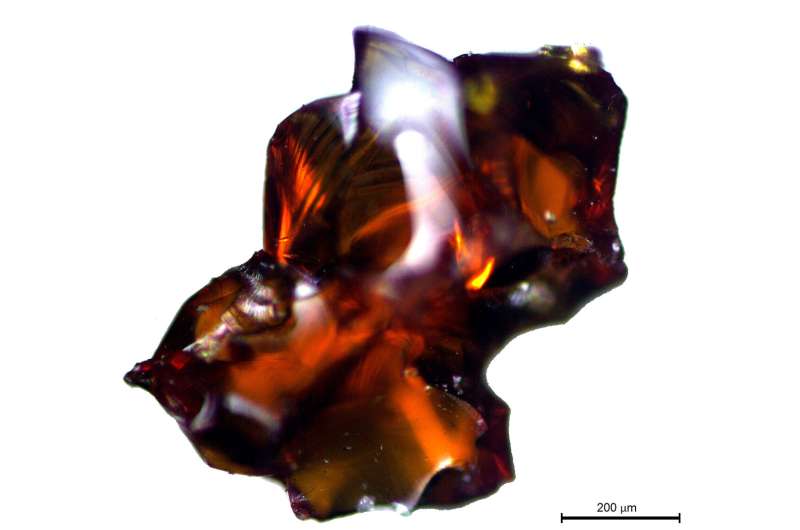
A team of scientists have identified the oldest pieces of Baltic amber ever found on the Iberian Peninsula, revealing that this luxury material used in jewelry and handicrafts around the world was already being imported more than 5,000 years ago. See the study here.

Modern humans migrated to Eurasia 75,000 years ago, where they encountered and interbred with Neanderthals. A new study published in the journal Current Biology shows that at this time Neanderthals were already carrying human DNA from a much older encounter with modern humans.
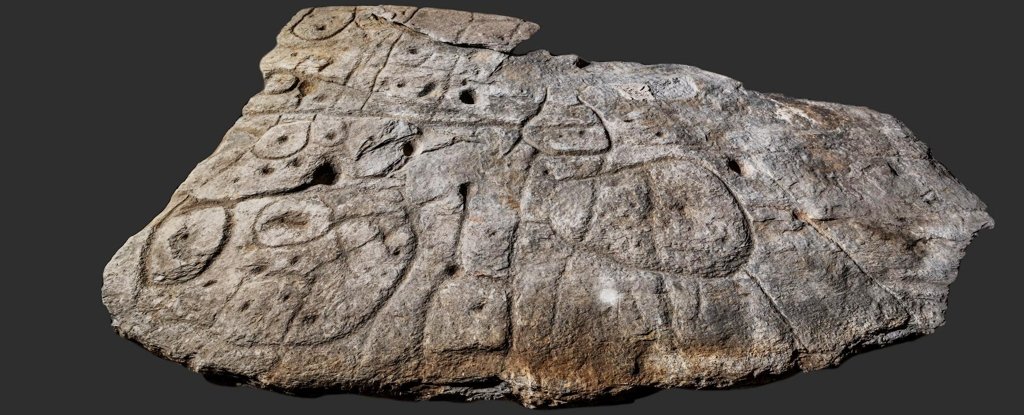
A piece of rock with mysterious markings that lay largely unstudied for 4,000 years is now being hailed as a “treasure map” for archaeologists, who are using it to hunt for ancient sites around north-western France.
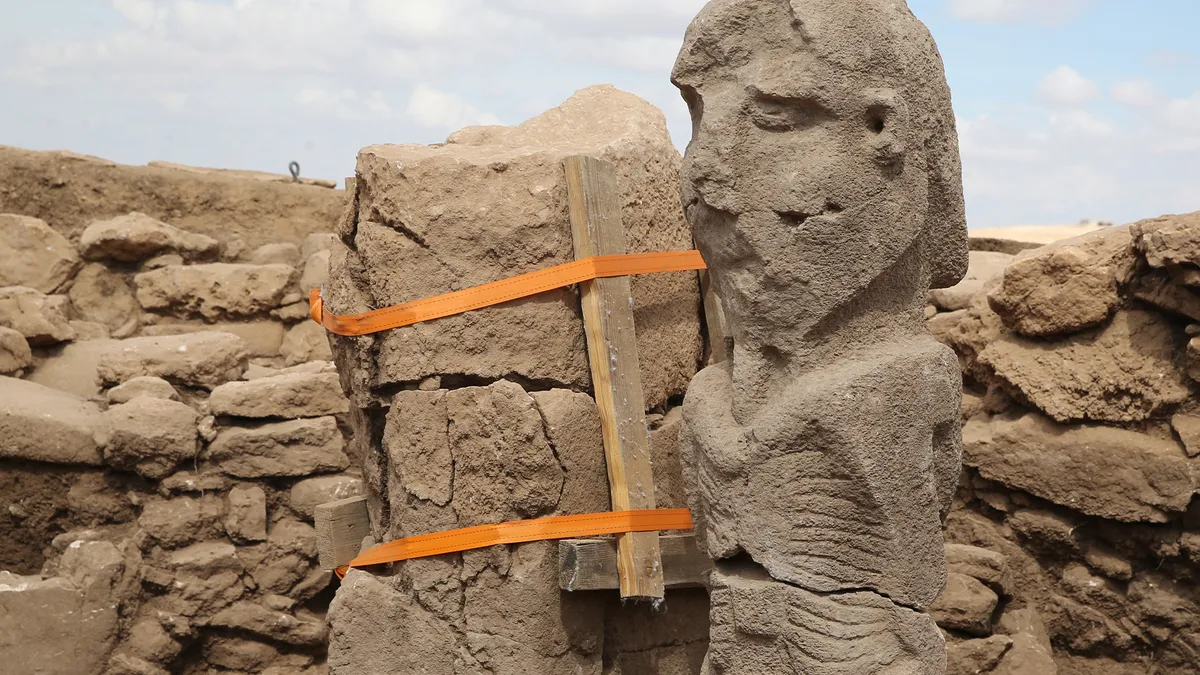
Archaeologists in Turkey have unearthed a nearly 11,000-year-old statue that may depict a giant man clutching his penis, along with a life-size wild boar statue. The two statues come from the neighboring sites of Gobekli Tepe and Karahan Tepe, which are among the oldest temple sites in the world.
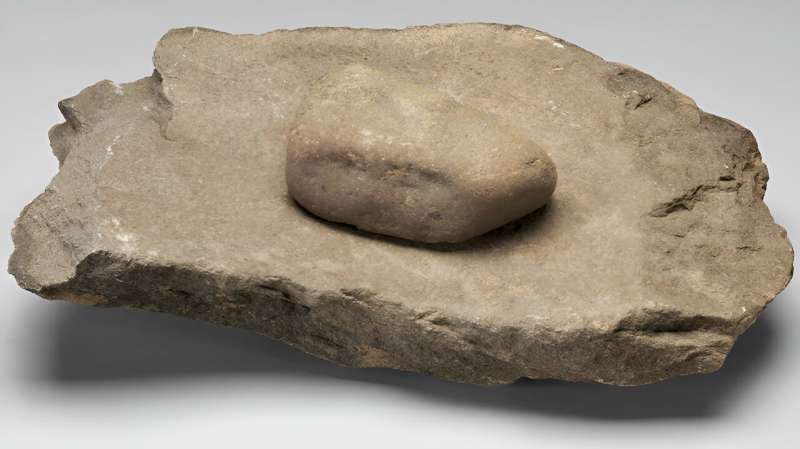
The richness and productive diversity of the Chalcolithic communities of the southern half of the Iberian Peninsula, dating back 5,100 to 4,200 years ago, were produced without signs of economic exploitation or marked social hierarchies and with a high degree of cooperation. See the study here.








